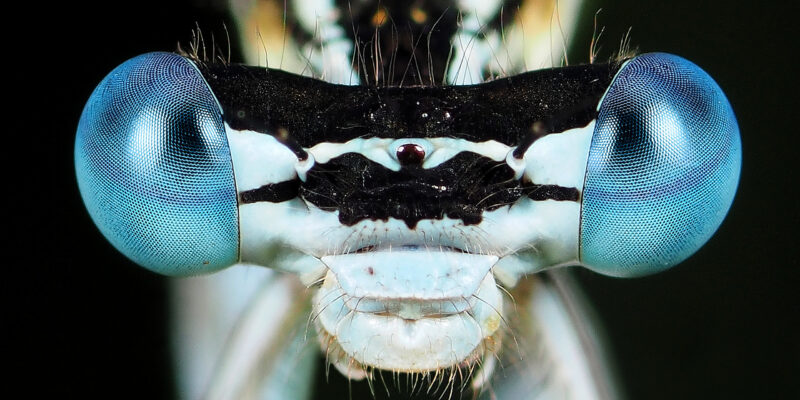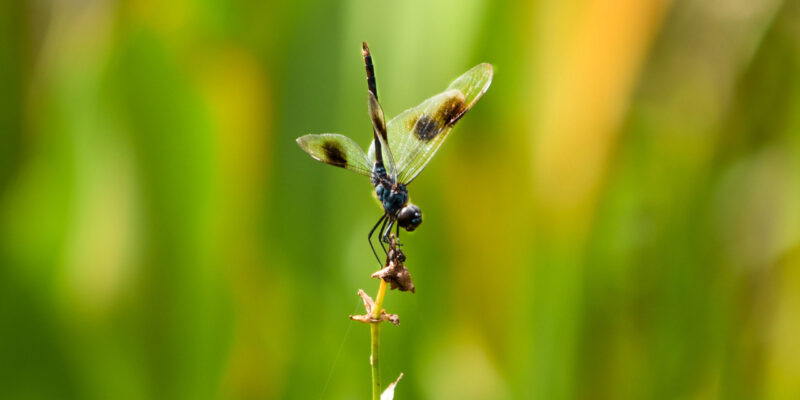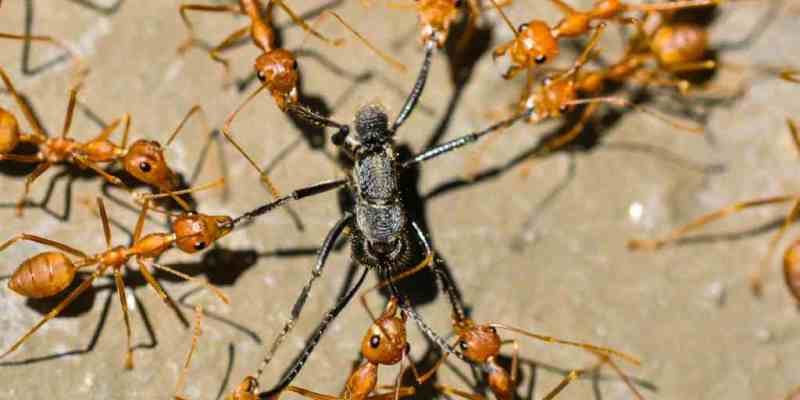This page is dedicated to the display of the Behaviour SIG Conference 2023 poster abstracts, each submitted by proud delegates who have been taking part in brilliant research in entomology.
The Behaviour Special Interest Group (SIG) aims to provide an informal forum for the exchange of information, ideas and techniques relating to insect behaviour.
Insect Behaviour is a very broad discipline, cutting across several research areas such as ecology, conservation, insect-plant interactions, pest management, chemical ecology, and genetics… so we should have lots to discuss!
Note: If you were chosen to have your poster displayed for the Behaviour SIG Conference 2023 but do not see it here, please let us know at info@royensoc.co.uk and include your poster PDF file in the email.
Sandra Cortes – Rothamsted Research “Aphid infestation changes metabolic activity and composition of bacterial communities in the wheat rhizosphere”
Dr Tchoudjin Gertrude Loveline, University of Yaounde, Cameroon “Effect of habitat on diversity and composition of leaf litter ant species: implications for conservation management”
Download each file to view larger images.
Aphid infestation changes metabolic activity and composition of bacterial communities in the wheat rhizosphere
Poster abstract by Sandra Cortes, Rothamsted Research
Other authors: Adriana Torres-Ballesteros (Rothamsted Research); Vanessa Nessner-Kavamura (Rothamsted Research); Amanda Rasmussen (The University of Nottingham); John Caulfield (Rothamsted Research)
| Plant-microbe interactions are fundamental to plant defence against herbivores, which cause significant losses in food production worldwide. This project aimed to study the effect of aphid feeding on wheat plants and in the bacterial communities in the wheat rhizosphere. We designed a microcosm experiment consisting of two treatments (with and without aphid infestation). Rhizosphere samples were taken (i) before infestation, (ii) two weeks post-infestation and (iii) four weeks post-infestation. We analysed bacterial community profiles at taxonomical (16S rRNA gene sequencing) and physiological levels (Ecoplates, Biolog). Moreover, aboveground volatiles and root exudates were collected to characterise their chemical composition. After two weeks of infestation, bacterial diversity was reduced in the rhizosphere of aphid-infested plants in comparison with the non-infested, but a higher abundance of Actinobacteria and Firmicutes was observed. The physiological profiling showed an increase in microbial metabolic activity in the rhizosphere of aphid-infested plants, particularly in response to D-Xylose, N-acetyl D-glucosamine, and some amino acids (p < 0.05). We detected aboveground volatiles involved in herbivory response (e.g., limonene, α-cubebene, β-Ocimene) in aphid-infested plants. The effects of aphid infestation in both metabolic activity and bacterial communities after four weeks of infestation were less strong than in week two, suggesting a time-dependent effect of aphid feeding. Results from root exudate analysis will provide more information about the chemicals that play a crucial role in plant-microbe interactions under aphid feeding. |
Effect of habitat on diversity and composition of leaf litter ant species: implications for conservation management
Poster abstract by Dr Tchoudjin Gertrude Loveline, University of Yaounde, Cameroon
Other authors: Prof.Djieto Lordon-Champlain.University of Yaounde, Cameroon
| The future of tropical rain forests has never been more uncertain, as many of these forests are being rapidly destroyed and degraded through various forms of human impact, such as infrastructure development, agricultural expansion, and timber extraction. Ant species were sampled at five habitat types to determine the effect of land-use on their diversity and composition. Four methods were used to sample ant specimens bi-monthly from November 2018 to June 2020. A total of 306 ant species, belonging to 57 genera and 11 subfamilies were recorded. Shannon-Wiener’s index indicated that the highest diversity occurred in the forest habitat 209 (H’= 4.4). Significant differences (P<0.05) were observed between the banana farm and old cocoa farm, forest and young cocoa farm but not between the banana farm and palm grove; suggesting that ant diversity varied distinctly with land. Forty-nine ant species (16.01%) were common to all five habitats while 19, 12, 8, 4 and 10 species were restricted to the Forest, Banana farm, Old cocoa farm, Young cocoa farm and Palm grove habitats respectively, and showed sensitivity to environmental gradients. These attributes make them potentially useful as subjects or tools for assessing the conservation value of habitats studied. Habitat patch level management for conservation action in the study area should aim at preserving sufficient vegetation that varies in diversity, physiognomy and complexity, as well as a herbaceous layer that encourages the accumulation of leaf litter at habitat sites. Since the forest habitat in this study may not be well insulated from anthropogenic pressures to guarantee the survival and establishment of resident species without intensive management, ant richness within the forest habitat can be encouraged by using vegetation linkages and corridors between the forest and its surrounding agrarian-transformed landscapes as a matrix. Key words: ants, species, diversity, land use, habitats, anthropogenic disturbances |




